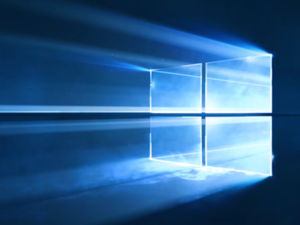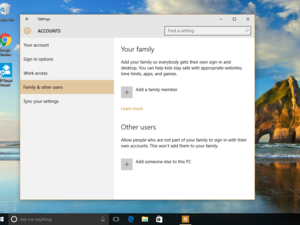While certain areas of the Windows file structure may be off-limits to direct action — most notably, deleting files inside the C:\Windows (or %windir%) folder — that doesn’t mean that savvy Windows admins and power users can’t selectively prune excess or obsolete files. You just need the right tools.
That provides the subject for this article, in fact, as I explain how two different utilities — one built into Windows, the other from a third party — can help clean out old, obsolete, or orphaned files in the OS itself.
Utility 1: PatchCleaner
Like most Windows admins, I keep a careful eye on disk space consumption for the system/boot drive. During my most recent round of “space checks,” I noticed that one of my Windows machines had a much bigger %Windir%\Installer folder than any of my other machines. When I say “much bigger,” I’m talking about 36.5 GB as compared to something between 1 and 2 GB on the seven other Windows 10 PCs under my administration.





































